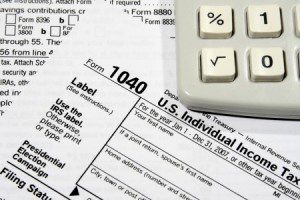
The report highlights the state-local tax burden on taxpayers in each of the 50 states, details how much residents pay to their state and other states, and illustrates tax burden trends over time and within each state.
Here is a breakdown of South Carolina’s state-local tax burden:
- State-Local Tax Burden rank: 42nd
- Percent of income in South Carolina that goes to state and local taxes: 8.40%
- Amount of taxes paid to South Carolina per capita: $1,999
- Amount of taxes paid to other states per capita: $937
It’s important to remember that a significant amount of taxation occurs across state lines, and that this shifting is not uniform. For instance, one might pay sales taxes at their local corner store, but also pay sales taxes when on vacation in another state. This shifting should not be ignored when attempting to understand the burden faced by taxpayers within a state.
“There’s an ongoing debate over how much is enough when it comes to taxes, but it isn’t always informed by accurate data,” said Tax Foundation Economist Nicole Kaeding. “Our study gives taxpayers a comprehensive look at where tax burdens are felt across the states, so that they can have an informed discussion on the size and reach of state and local taxes.”
The study’s key findings include:
- During the 2012 fiscal year, state-local tax burdens as a share of state incomes decreased on average across the U.S. Average income increased at a faster rate than tax collections, driving down state-local tax burdens on average.
- New Yorkers faced the highest burden, with 12.7% of income in the state going to state and local taxes. Connecticut (12.6%) and New Jersey (12.2%) followed closely behind. On the other end of the spectrum, Alaska (6.5%), South Dakota (7.1%) and Wyoming (7.1%) had the lowest burdens.
- On average, taxpayers pay the most taxes to their own state and local governments. In 2012, 78 percent of taxes collected were paid within the state of residence, up from 73 percent in 2011.
- State-local tax burdens are very close to one another and slight changes in taxes or income can translate to seemingly dramatic shifts in rank. For example, Delaware (16th) and Colorado (35th) only differ in burden by just over one percentage point. However, while burdens are clustered in the center of the distribution, states at the top and bottom can have substantially different burden percentages—e.g. New York (12.6%) and Alaska (6.5%).
Full Report: State-Local Tax Burden Rankings, FY 2012





















Recent Comments